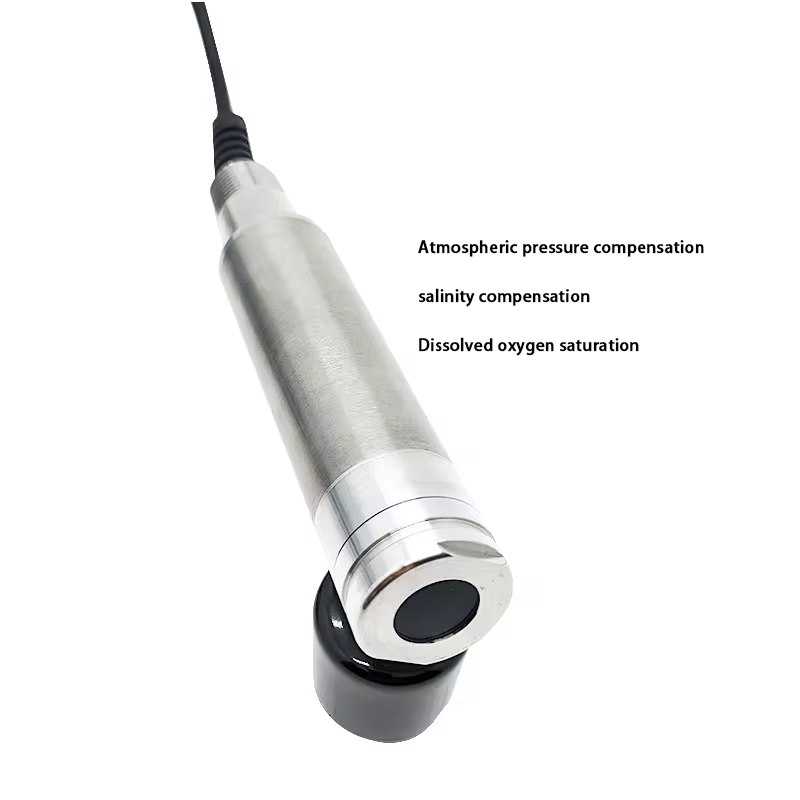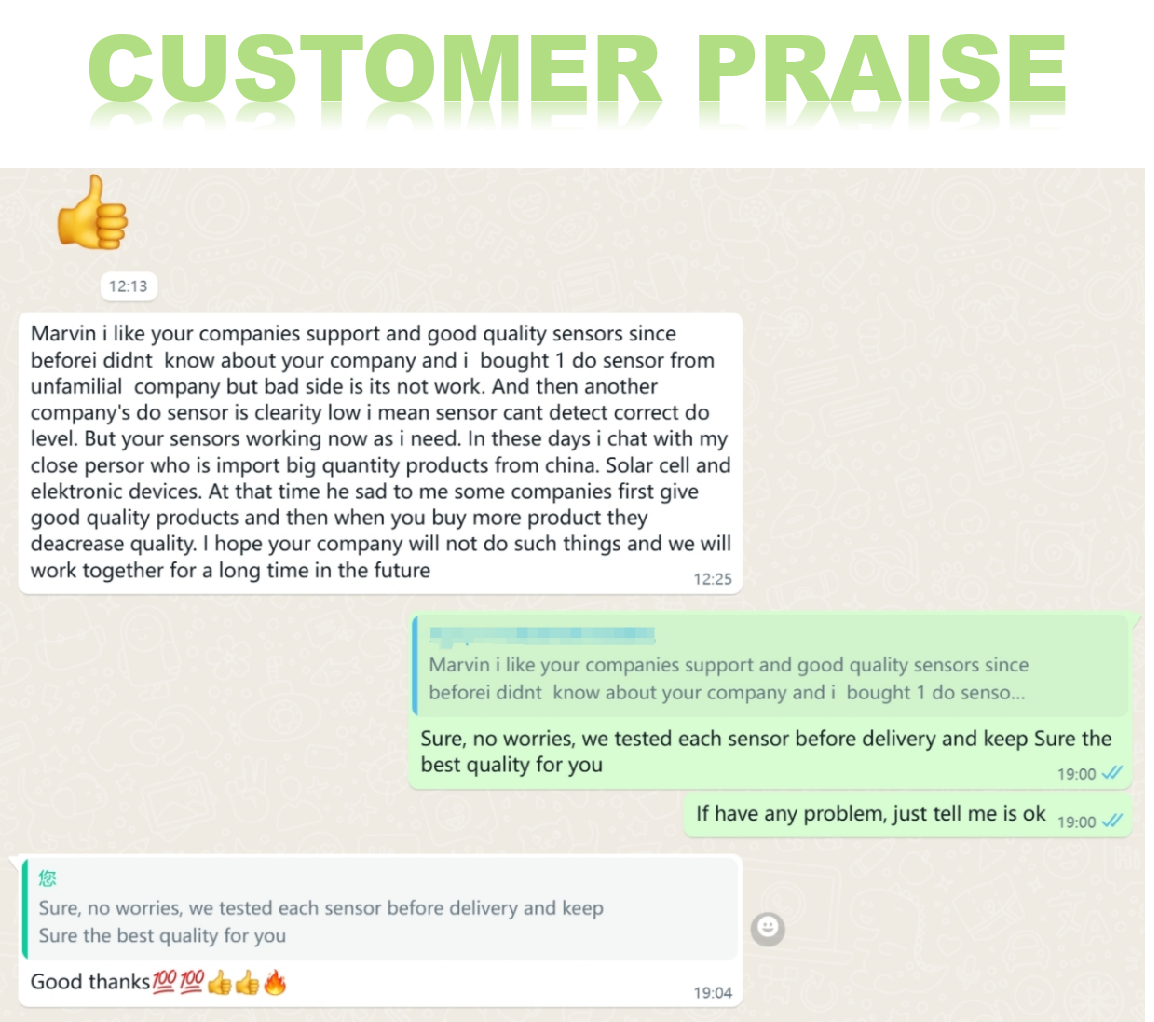Date: February 8, 2025
Location: Singapore
As a global financial hub with a robust industrial sector, Singapore is committed to maintaining high environmental standards while fostering economic growth. One of the critical components of achieving such standards in water management is the effective monitoring of water quality, particularly dissolved oxygen (DO) levels which are vital for aquatic ecosystems. The rise of optical dissolved oxygen sensors has emerged as a transformative technology that enhances water quality monitoring across various industries in Singapore.
Understanding Dissolved Oxygen and Its Importance
Dissolved oxygen is essential for the survival of aquatic life; it is a key indicator of water quality and ecosystem health. In industries such as wastewater treatment, aquaculture, and food processing, maintaining adequate DO levels is not only crucial for environmental compliance but also for the efficiency and sustainability of operations.
Traditional methods of measuring dissolved oxygen involve using polarographic sensors, which can be prone to interference from other substances, require frequent calibration, and can be cumbersome to maintain. In contrast, optical dissolved oxygen sensors utilize luminescent technology to measure oxygen levels in a more reliable and accurate manner.
Advantages of Optical Dissolved Oxygen Sensors
-
Higher Accuracy and Reliability: Optical sensors provide precise measurements of dissolved oxygen levels, unaffected by parameters such as temperature and pressure, which can skew results in traditional methods. This accuracy is particularly important for industries that must adhere to stringent regulatory standards.
-
Low Maintenance Costs: Unlike conventional sensors that require regular recalibration and maintenance, optical sensors typically have a longer lifespan and lower maintenance requirements. This translates to reduced operational costs for companies that need to monitor water quality continuously.
-
Real-Time Monitoring: The capability to deliver real-time data enables industries to promptly assess water quality, leading to more informed decision-making. For instance, aquaculture operations can adjust oxygen levels swiftly to ensure optimal conditions for fish health.
-
Environmental Impact: Improved monitoring of dissolved oxygen helps industries minimize their environmental footprint by ensuring compliance with water quality standards and reducing the risk of pollution incidents. Such proactive measures align with Singapore’s goals of sustainable development and environmental preservation.
Transforming Key Industries
1. Wastewater Treatment: Singapore’s National Water Agency (PUB) places significant emphasis on the management of wastewater to maintain the quality of water bodies. The integration of optical dissolved oxygen sensors in treatment facilities has enhanced the accuracy of oxygen management in biological treatment processes, leading to better removal of pollutants and improved effluent quality.
2. Aquaculture: With Singapore striving to establish itself as a leading hub for sustainable aquaculture, the introduction of optical sensors has revolutionized fish farming practices. By maintaining optimal dissolved oxygen levels, aquaculture operators can enhance fish growth rates and improve overall yield, thereby contributing to food security and economic stability.
3. Food Processing: In the food industry, water quality is crucial in various processes, including product rinsing and ingredient mixing. Optical dissolved oxygen sensors ensure that water used in production meets safety and quality standards, ultimately leading to higher product quality and reduced waste.
Government Support and Industry Adoption
The Singapore government has launched various initiatives aimed at promoting smart technologies in industries. The adoption of optical dissolved oxygen sensors has been encouraged through grants and funding programs for innovative projects. As companies recognize the benefits of improved water quality management, there is a growing trend toward integrating these sensors into existing systems.
Future Prospects
As the demand for water quality monitoring grows in tandem with industrial development, the future of optical dissolved oxygen sensors in Singapore appears bright. Ongoing advancements in sensor technology, combined with Singapore’s robust regulatory framework and commitment to sustainability, will likely drive further adoption across varied sectors.
Furthermore, the trend of “smart” industry developments—where companies utilize data-driven technologies—aligns seamlessly with the capabilities of optical dissolved oxygen sensors. As a result, industries can achieve higher efficiencies, remain compliant with environmental regulations, and contribute positively to Singapore’s water conservation efforts.
Conclusion
The implementation of optical dissolved oxygen sensors represents a significant advancement in water quality management for industries in Singapore. By ensuring that dissolved oxygen levels are optimally maintained, these sensors enhance environmental stewardship while supporting the operational efficiency of key industrial sectors. As Singapore continues to pave the way in sustainable development, the integration of innovative technologies like optical dissolved oxygen sensors stands as a testament to the nation’s commitment to balancing industrial growth with environmental responsibility.
For more wter quality sensor information,
please contact Honde Technology Co., LTD.
Email: info@hondetech.com
Company website: www.hondetechco.com
Post time: Feb-08-2025



